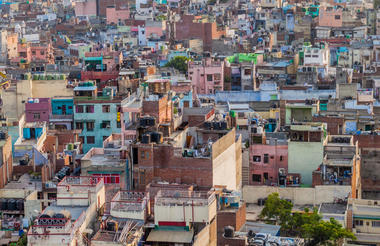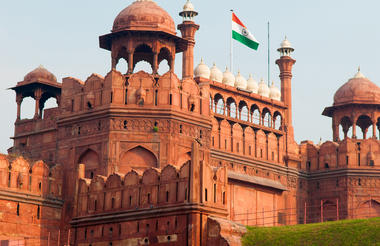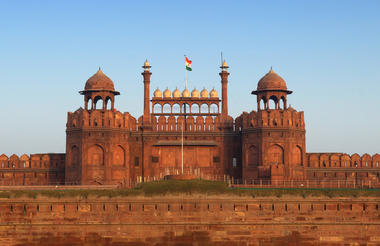Vast, diverse, deeply spiritual and utterly unforgettable, India is unlike anywhere else on earth – a melting pot of ethnicities and religions, a treasure trove of history and culture, and a curious mixture of chaos and serenity. Stretching across more than three million square kilometres, it encompasses a staggering array of landscapes, vistas and environs, and offers unparalleled travel experiences – from the beautiful beaches of Goa, to the compelling craziness of Kolkata, the sacred Ganges river banks of Varanasi, the snow-capped peaks of the Himalayas in Kashmir and the ancient, exquisitely crafted temples dotted across the entire country. Not to mention the vibrant, friendly people, and the incredible cuisine.
The contrast between Old and New Delhi is striking. New Delhi spreads out with wide, tree-lined avenues and stately government buildings, while Old Delhi, historically known as Shahjahanabad, is a historic walled city of narrow streets and Mughal-era architecture. Founded by Shah Jahan in 1639, the city centres on the Red Fort, a massive red sandstone fortress that served as the Mughal emperors’ residence and administrative hub. Nearby, Jama Masjid rises with three domes and towering minarets, its courtyard capable of holding thousands of worshippers. From the mosque, Chandni Chowk extends as a labyrinth of streets where rickshaws weave between spice merchants, jewellers, and food vendors. Faded havelis, Jain and Hindu temples, the Sikh Gurudwara Sisganj, Khari Baoli’s spice market, and covered bazaars line the alleys.


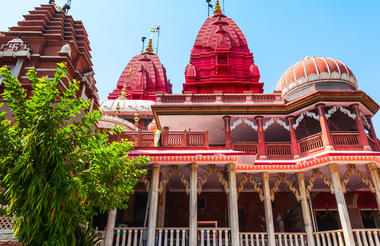
Located in the Shekhawati region of the Jhunjhunu district, the town of Mandawa is known as the "Open-air Art Gallery" of Rajasthan, India. Originally a trading post for rich merchants, Mandawa has recently flourished into a popular tourist destination offering visitors a collection of historic mansions, palaces and forts which feature elaborate frescoes and intricate architecture. This relatively small yet bustling town is a treasure trove for art collectors who can hunt through the quaint medieval bazaars for traditional handmade relics. The most visited attraction is undoubtedly the 18th-century Mandawa fort, recently converted into a heritage hotel, which showcases exquisite murals, paintings and mosaic work. Don’t miss the spectacular Jhunjhunwala Haveli mansion which boasts an impressive gold leaf-painted room.
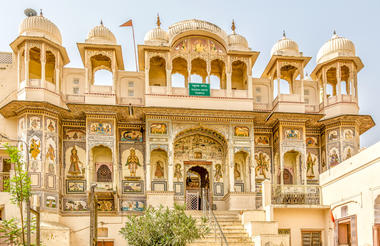
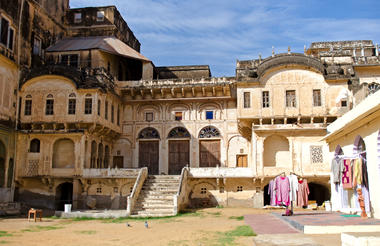
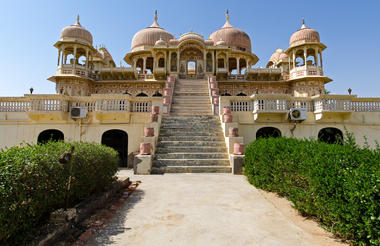
One of the most loved snack exports out of India has its origins in this Rajhastani city. Bikaneri Bhujia, an Indian version of potato chips, has become popular across the globe and today the crispy snack, using gram flour and spices, provides employment to over 2.5 million people. Bikaner boasts many unique architectural features such as the Bikaner Havelis – manifold mansions lining the narrow lanes of old town, signalling a glorious and opulent heyday in Bikaner history – and the beautiful Junagarh Fort, with its tall ochre walls extending for almost a kilometre around the impressive structure.

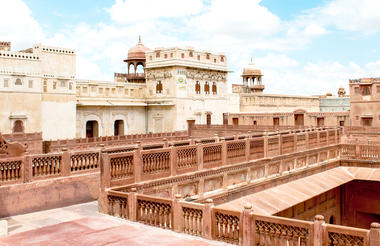

Situated amid the vast expanse of the Thar Desert on the far western border of India’s Rajasthan state, the city of Jaisalmer is home to the world's only inhabited medieval living fort. This 12th-century city served as a bustling trading post along the famous Silk Road and still to this day features markets selling silk, cashmere, silver jewellery, bronze statues and much more. The undeniable star attraction of this city is the spectacular Jaisalmer Fort, which rises from the desert floor like a gigantic sandcastle and encompasses winding streets filled with shops, temples, hotels and ancient mansions. Visitors can also look forward to taking jeep and camel safaris into the surrounding desert and exploring a variety of grand palaces, elaborate Jain temples and ornate havelis.
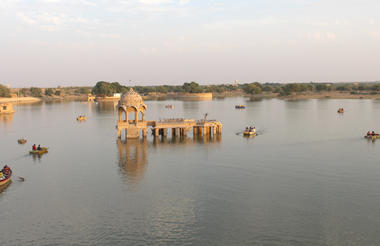

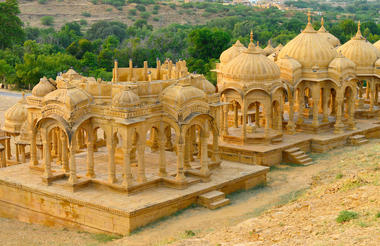
Known as the gateway to the Thar Desert, Jodhpur is the second-largest city in the state of Rajasthan, India. It is a popular tourist destination featuring a variety of ornate palaces, age-old forts, and sacred temples. Dubbed ‘The Blue City’, the old city contains houses in a beautiful shade of indigo. While Jodhpur is largely a sprawling modern metropolis, enclosed within its old city walls is a labyrinth of winding, narrow medieval streets, and bazaars. The massive 15th-century Mehrangarh Fort, which towers over the city from its sandstone plinth, is one of the largest in the country. Other must-see attractions include the Umaid Bhawan Palace, one of the world's largest private residences; and the Jaswant Thada, an intricately carved white marble mausoleum.
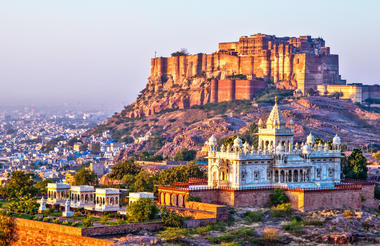
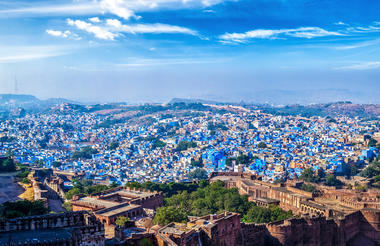
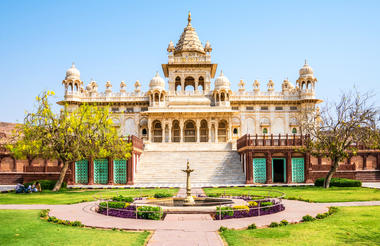
Deogarh, situated in India’s Rajasthan Province, is a popular tourist destination boasting a complex of luxurious heritage resorts, including the magnificent 17th-century resort hotel Deogarh Mahal, perched on top of the Aravalli Hills. With the fort and lake nearby, it forms a traditional village surrounded by exquisite countryside. The hotel also houses a well-known school of miniature painting and an impressive collection of vintage cars, while the entire area boasts a wealth of temples, most notably the Anjaneshwar Mahadev Temple, famous for its naturally-formed Sivalinga. Deogarh offers scenic views, with the lush plains of Marwar visible from the majestic mountains, and is home to many wild animals. Don’t miss the opportunity to take the metre gauge train from Deogarh to Marwar Junction, to travel through the sanctuary and hills of Kali Ghati.
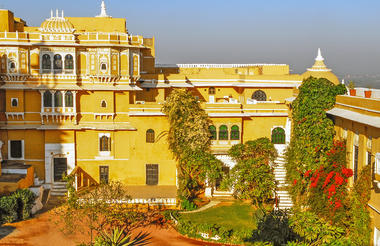
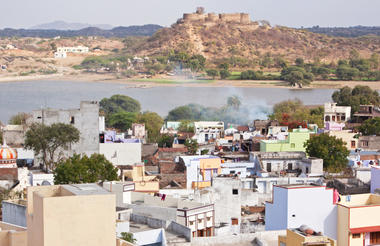

Dubbed the ‘Venice of the East’, the city of Udaipur is built around three interconnected lakes – Lake Pichhola, Fateh Sagar Lake, and the smaller Swaroop Sagar Lake – and is encircled by the hills of the Aravalli mountain range. It is home to an array of ancient temples and fairy-tale-like palaces (several of the latter have been converted into luxury heritage hotels) and is known as one of Rajasthan’s most beautiful and romantic cities. Must-see attractions include the City Palace, the Lake Palace (set on a small island in the middle of Lake Pichola), and the Udaipur Solar Observatory – Asia’s premier solar-gazing site.
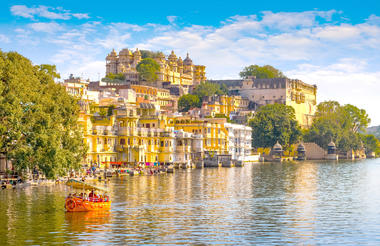
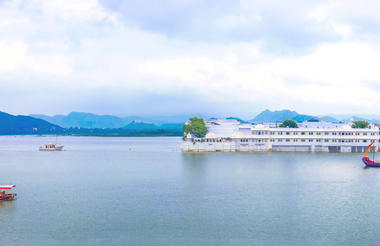
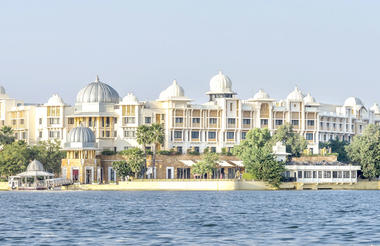
Resting on the sun-drenched plains of Rajasthan, in northwestern India, the city of Shahpura serves as a midway stopover between Jaipur and Udaipur. This city is a little oasis amidst the dry hills of Rajasthan and is a place of pilgrimage for the Ram Snehi, a spiritual and religious group with traditions originating in the early 19th century. Shahpura is primarily untouched by modernity and seems eternally preserved in time. Surrounded by over 250 small lakes, the area is a bird watching paradise and an idyllic setting for visitors to enjoy boating on Shahpura’s picturesque lake. Other attractions include: the Ramdwara Temple, an ancient place of worship; the annual Phooldol Mela, a five-day religious festival; and the ancient, crumbling Dhikhola Fort, a great location for visitors to enjoy evening sundowners with views of the expansive landscape.
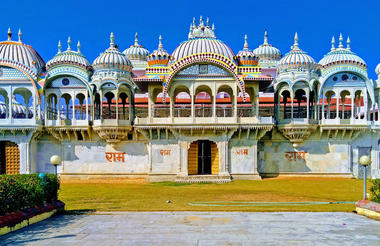
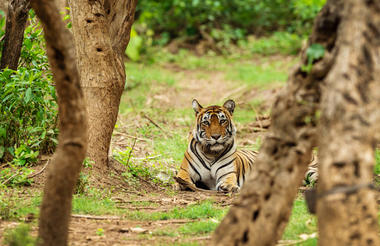
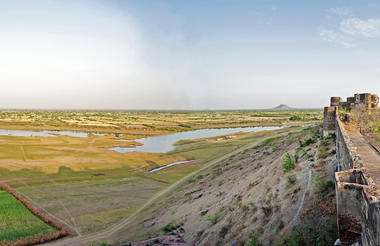
Fringed by the rugged Aravali Hills, Jaipur, nicknamed the ‘Pink City’ for its salmon-hued terracotta buildings, is the capital and largest city in the Rajasthan State. This metropolis combines tradition and modernity with its vibrant bazaars, lavish palaces, and ancient temples. Don’t miss the fairy-tale splendour of the Amber Fort, set against the backdrop of the arid landscape and hosting enthralling sound and light shows; the UNESCO-listed Jantar Mantar, a collection of 300-year-old astronomical tools which look like contemporary art; and the opulent City Palace, with its palatial structures, sprawling gardens, and atmospheric courtyards. Jaipur falls within the Golden Triangle, a popular tourist circuit, which includes Delhi, Jaipur, and Agra, and it also serves as a gateway to the neighbouring desert cities of Jaisalmer and Jodhpur.
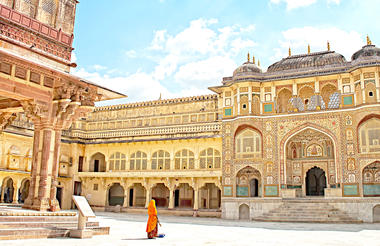


Set on the banks of the Yamuna River in Uttar Pradesh, Agra is a beautiful city famous for its incredible Taj Mahal building, one of the seven wonders of the world. Commissioned by the Mughal emperor Shah Jahan in the 15th century as a memorial to his beloved wife Mumtaz Mahal, this is an architectural masterpiece of exquisite craftsmanship and perfect proportions. The city boasts numerous other superb attractions, including the red-hued sandstone Agra Fort, built in the 16th century; the Shahi Jama Masjid mosque, a 17th-century congregational mosque located in the historic core of Agra, and Itmad-ud-Daulah’s tomb, with its white marble facade embellished with intricate inlaid designs, also called the' Baby Taj'.
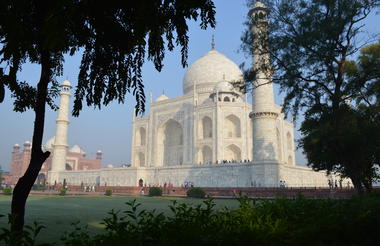
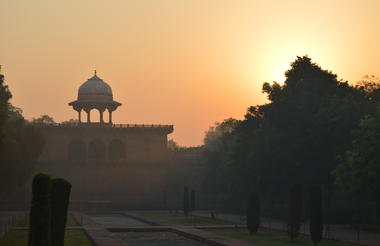
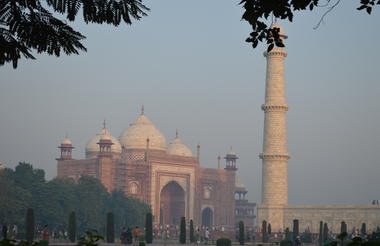
As previously described
